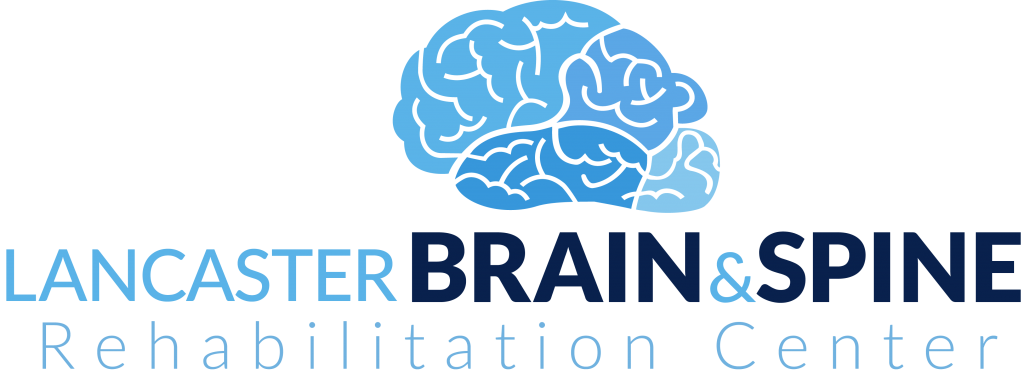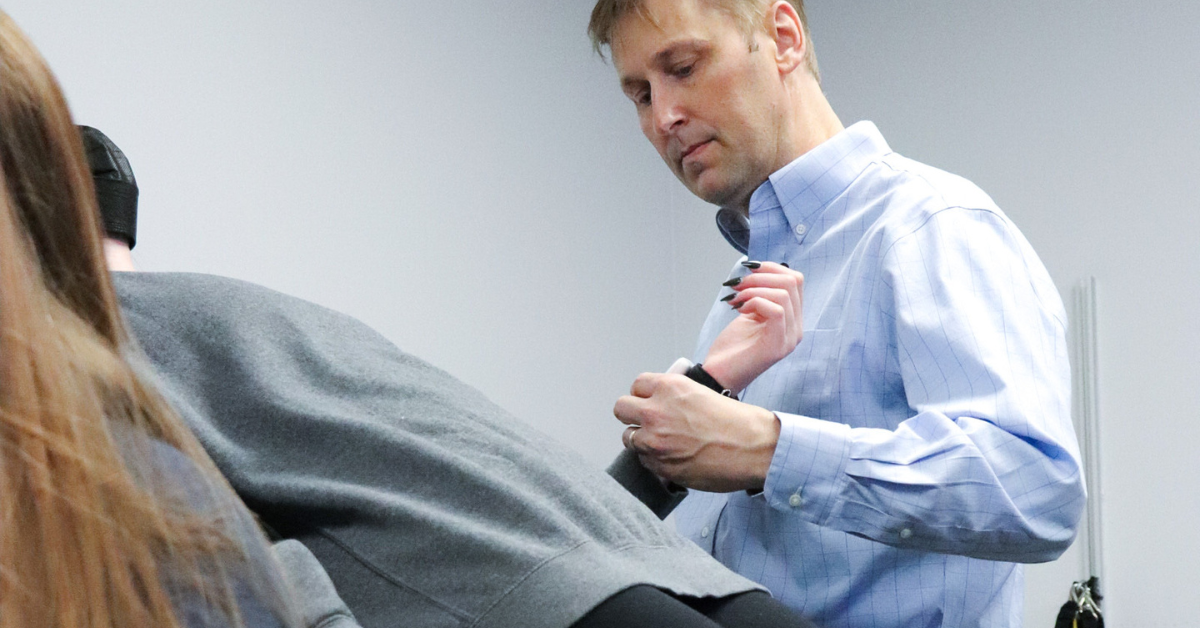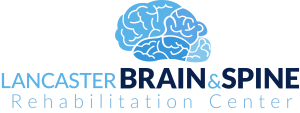At Lancaster Brain & Spine, we specialize in the treatment of neurological problems using individualized treatment and advanced diagnostic tools. This includes neurological conditions and disorders like attention-deficit/hyperactivity disorder (ADHD), traumatic brain injuries (TBIs) like concussions, vestibular disorders such as dizziness, vertigo and balance problems, and so much more.
We also believe that you shouldn’t have to suffer with your neurological condition longer than you have to. That’s why we offer weeklong intensives (that aren’t actually intense) so we can help you get back to living your life as soon as humanly possible.
- But how do these intensives work?
- What does a typical week look like?
- Are the treatments hard or painful?
We’ll answer all these questions and more while we walk you through the theory, the benefits and the schedule of what an intensive week at Lancaster Brain & Spine looks like.
(Note — There are countless other conditions that could be classified “neurological,” even migraines, so if you don’t see yours listed, contact us and we’ll let you know if we can help!)
Why Neurological Conditions Require Specific, Specialized Treatments (Different Than Other Medical Problems)
Before we explain what a weeklong intensive treatment is, it’s important to understand that neurological problems must be treated differently than muscle-related issues.
For example, if you strain a muscle, you need to rest and then strengthen that muscle over a long period of time to prevent further injury. You’ll exercise gradually so your body can break the muscle down, rebuild it, break it down, rebuild it — again and again until it’s strong again. (If you’re interested in how we treat musculoskeletal problems, read about laser therapy here or our list of offerings here.)
However, unlike muscles which take time to develop and grow stronger, neurons (which are nerves in the brain) can change and adapt in a fraction of a second. Even right now as you read this, neurons are firing off electrical signals in your brain, which allow you to recognize and understand the words on this page. And it happens instantaneously — you’re not creating brand new neurons, but you’re making the existing connections between neurons stronger.
The brain’s ability to form and reorganize synaptic connections, especially in response to learning or experiencing, is called neuroplasticity.
Neuroplasticity can be improved through identifying damaged neurons and stimulating them with activation and fuel — our goal is to improve both of these areas. The key is to provide the appropriate level of activation while maintaining or improving fuel delivery. The fuel that our cells need to function comes from oxygen and glucose.
By using a variety of tools and treatments, we can stimulate neurons so they produce more protein (the building block for tissues) and mitochondria (the powerhouse of the cell that makes the energy). This results in neurons producing its own neurotransmitters to stimulate the other neurons around it (which means we can induce healing, create new neural pathways, and so much more).
So due to this fact that the brain can change and adapt quickly (much quicker than muscle tissue), we offer an intensive week as a fast-track treatment. But what does this mean, and how do they work? Let’s dive in.
Why Intensive Weeks Work
Standard neurological care can look like two to three sessions a week. However, what we want to do is create the biggest and best recovery in the shortest time frame possible. (We’re also known for offering alternative treatment methods to suit your lifestyle.)
Our weeklong intensive treatment based in Lancaster, PA is designed to compress the amount of care a patient would receive typically over two months into a single week. And despite the name sounding “intense,” the week is actually not very physically or mentally demanding on your body. The treatment is only time intensive, with intensity referring to the frequency of treatments compared to the standard process of recovery.
We’re also creating better results. With neuroplasticity work, results can sometimes fade over time if the work is not continued or kept up with. Therefore, having an intensive week of treatments followed by at-home training means we’re exercising the brain and activating those neurons again and again, which creates neuroplasticity that, ultimately, sticks.
What Neurological Conditions Can Be Treated During An Intensive Week?
Typically, we work with patients who have complex, chronic or acute neurological conditions and disorders, such as:
- Concussions
- Traumatic brain injuries
- Dysautonomia post orthostatic hypotension
- Vestibular balance
- Dysautonomia
- Motor disorders
- And many other chronic neurological problems (please contact us if yours isn’t listed)
What Are The Key Benefits Of An Intensive Week?
While there are many benefits this form of treatment can have on your body and your brain’s functionality, there are two key benefits we focus on:
— Improved neuroplasticity. We’ve seen incredible results from our intensive weeks, with neurological repair and healing occuring in a much shorter time frame.
— Full focus on recovery. As you travel to our clinic for this week of treatments, it removes home-based distractions so you can fully focus on your recovery, stress-free.
What Does An Intensive Week Look Like?
This custom treatment is made up of three phases: Initial consultation, treatment, after-care.
1. Initial Diagnostics
Every intensive week starts with a diagnostic session. This helps us determine your specific circumstances, so we can design a tailored intensive week, specifically aimed at getting you results. We’ll also schedule all of your appointments so you know where you need to be ahead of time that week.
2. Treatment
The intensive week takes place over five business days, generally including three appointments per working day, totalling 15 at our Lancaster, PA clinic. Between each appointment, you’ll have a rest period, where you can choose to use our private designated rest space or book a recommended nearby hotel.
The sessions themselves are tailored to your specific circumstances, as your needs determine the exercises, frequency, timing and duration. When scheduling your week, we also consider the amount of work possible to see optimal results. Our experts closely monitor your bodily reactions, and pause at any sign of fatigue (whether you notice it or we do).
Mid-Week Check-In
Halfway through the week, we will evaluate your progress compared to your initial diagnostic testing. This allows us to see your progress and re-evaluate the remainder of your intensive week before continuing with treatment or changing course of action.
Final Diagnostics
At the end of the week, we will run a final diagnostic test to see your overall progress.
3. Post-Intensive Week Care
After our time together is complete, a vital part of the intensive week is follow-up care to take place when you go home. We want to ensure you have a thorough understanding of the changes that took place during your intensive week, and what your next steps at home are.
This includes an at-home care plan we’ll walk you through before you leave the clinic so you’re prepared when you head home. We also provide patients with videos of the home exercises they need to continue doing, which you can access online and follow along. We’ll also schedule a follow up phone consultation and email you, so you can ask any questions that may pop up during your recovery.
To see if an intensive week is the best treatment for your neurological condition, contact our experts for a free consultation.







